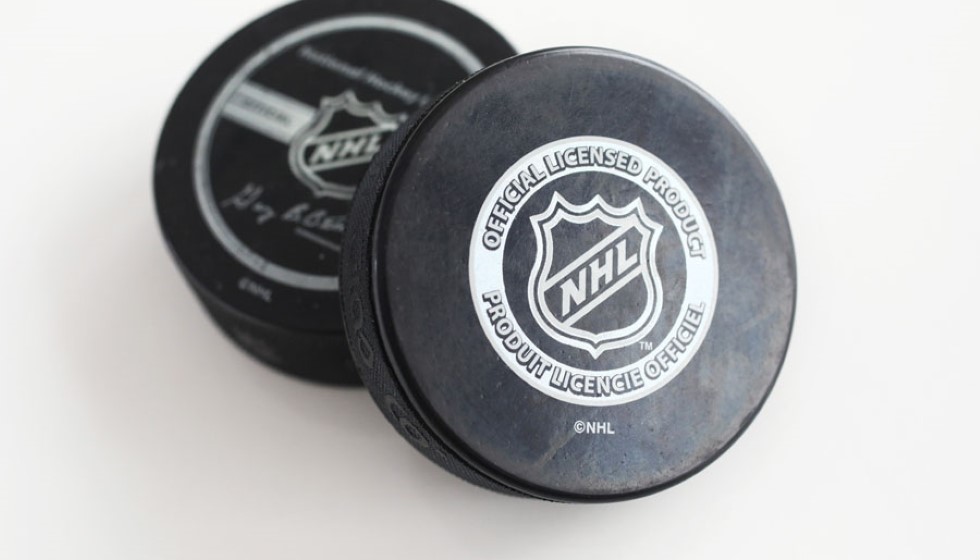
High-Profile Case: The Gaudreau Accident and Sean Higgins' Legal Battle
In a New Jersey court case capturing significant attention in both legal and sporting circles, Sean Higgins has entered a plea of not guilty. This plea follows his rejection of a plea bargain that offered a 35-year prison sentence. The case revolves around a tragic accident involving high-profile individuals: Johnny Gaudreau, a celebrated star player for the Columbus Blue Jackets, and his brother, Matthew, a collegiate and minor league hockey talent.
The incident in question occurred on August 29, a day marked by clear skies and an unexpected turn of events. The Gaudreau brothers were out on a routine bike ride when catastrophe struck. According to eyewitnesses and preliminary reports, a vehicle initially made efforts to give the biking brothers ample space on the road. However, Higgins, allegedly attempting to pass on the right, collided with them, resulting in severe consequences.
Johnny Gaudreau's stature in the world of hockey is well-documented. Drafted by the Calgary Flames back in 2011, he quickly rose to prominence, showcasing his skill and tenacity on the ice. Johnny further cemented his legacy by winning the prestigious Hobey Baker Award during his collegiate career at Boston College. Over the span of 763 NHL games, he notched an impressive 243 goals and 500 assists, numbers that speak volumes about his impact on the sport.
Matthew Gaudreau, while not achieving the same level of fame as his brother, carved out a respectful career in collegiate and minor league hockey. His dedication to the sport is evident in every game he's played, making the accident even more poignant for hockey fans and community members alike.
Higgins' involvement in this unfortunate episode is scrutinized heavily, especially after tests revealed his blood-alcohol content to be .087. In addition to these findings, he failed a field sobriety test at the scene, adding gravity to the charges he faces.
As the legal proceedings unfold, the defense team for Higgins offers a narrative that paints the incident as an aberration—“a combination of uniquely unfortunate circumstances unlikely to ever occur again.” This characterization seemingly attempts to cast doubt on the inevitability or predictability of the incident, seeking to sway both the jury and public opinion.
This defense strategy is being closely analyzed by legal experts and the community, raising discussions about accountability, responsibility, and the unpredictable nature of accidents. While the legal system meticulously navigates the facts of the case, the sporting world continues to reel from the implications of losing one of its star figures to injury and possible extended absence.
The case will undoubtedly continue to garner attention, not just for its legal ramifications, but also for the broader conversations it sparks about road safety, athlete welfare, and the accountability of those who share public spaces. As proceedings continue, both the legal system and sports community await resolutions that will hopefully lead to justice and healing for all parties involved.